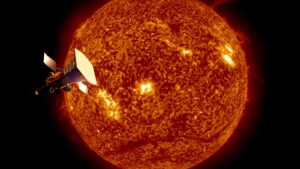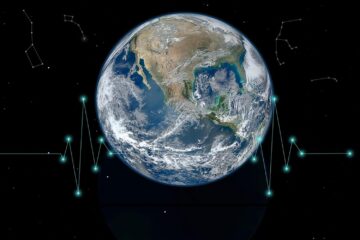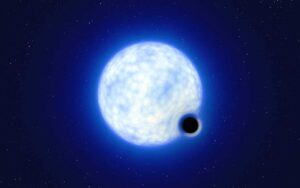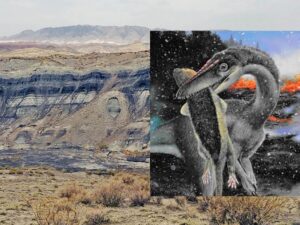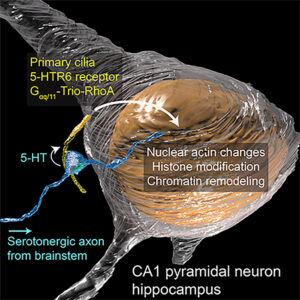The interstellar medium (ISM) is a complex mixture of multiple phases, where stars form in the densest regions, primarily organized in dense filaments. However, a new study reported that groups of stars in specific environments could regulate themselves.
According to the study, stars in a cluster exhibit “self-control,” allowing only a small number of stars to develop before the biggest and brightest members discharge the majority of the system’s gas. The creation of new stars should be significantly slowed down by this process, which would more closely match scientists’ expectations for how quickly stars originate in clusters.
The Atacama Pathfinder EXperiment telescope, the Chandra X-ray Observatory, the Stratospheric Observatory for Infrared Astronomy (SOFIA), and the Herschel telescope from the European Space Agency are among the telescopes whose data have been combined for this study.
For this study, astronomers focused on RCW 36, a large cloud of gas called an HII (pronounced “H-two”) region mainly composed of hydrogen atoms that have been ionized — that is, stripped of their electrons. This star-forming complex is located about 2,900 light-years from Earth. Infrared data from Herschel is shown in red, orange, and green, and X-ray data is blue, with point sources in white. North is 32 degrees left of vertical.
Two cavities, or voids, carved out of the ionized hydrogen gas, extending in opposing directions, can be found in RCW 36 along with a cluster of newborn stars. The cluster between the cavities is encircled by a ring of gas that forms a waist around the hourglass-shaped cavities. The image labels each of these characteristics.
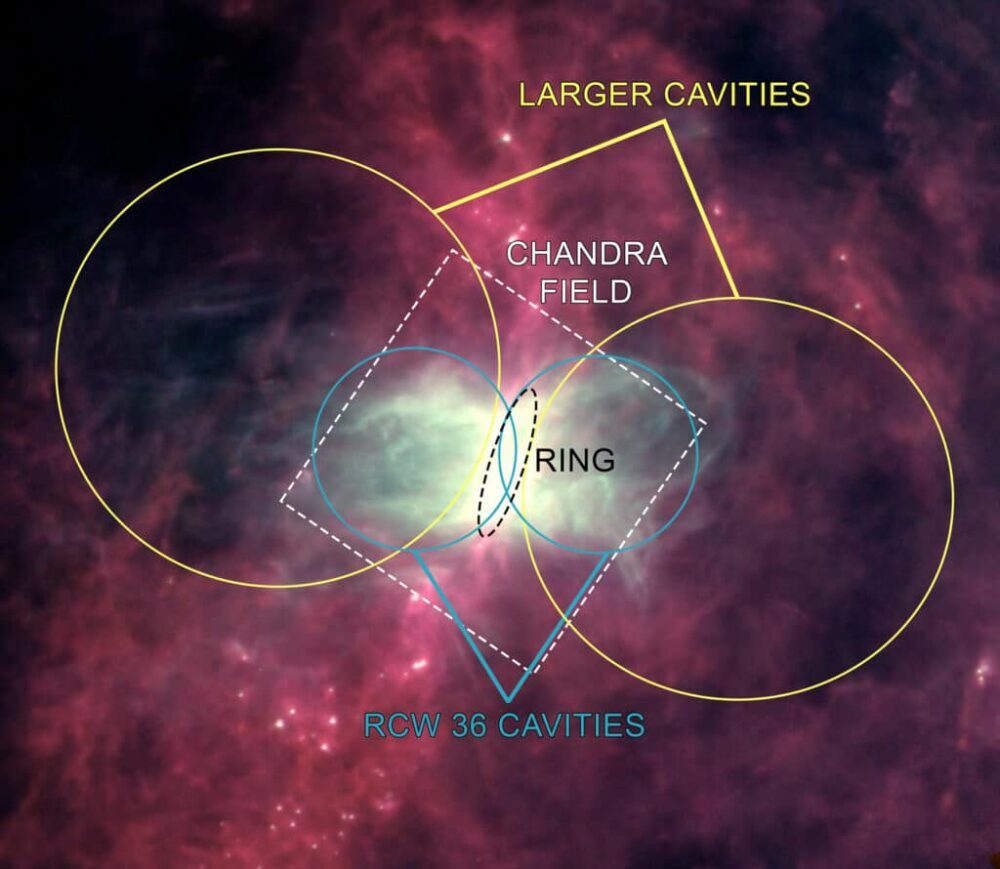
Credits: NASA/JPL-Caltech, Herschel Space Observatory
NASA noted, “Hot gas with a temperature of about two million kelvins (3.6 million degrees Fahrenheit), radiating in X-rays detected by Chandra, is concentrated near the center of RCW 36, close to the two hottest and most massive stars in the cluster. These stars are a major source of hot gas. A large amount of the rest of the hot gas is outside the cavities after leaking through the cavities’ borders. The SOFIA and APEX data shows that the ring contains cool, dense gas (with typical temperatures of 15 to 25 kelvins, or about -430 to -410 degrees Fahrenheit) and is expanding at 2,000 to 4,000 miles per hour.”
According to the SOFIA data, cool gas shells are developing around both cavities’ edges at around 10,000 miles per hour, most likely due to pressure from the hot gas that Chandra detected. Along with clearing even larger voids around RCW 36, the hot gas and radiation from the cluster’s stars have created a Russian doll structure. These features are identified in a bigger Herschel image showing the Chandra field-of-view and the other structures mentioned in this article. The inner regions close to the RCW 36 cavities are heavily saturated because the intensity levels in this image have been altered to highlight the larger cavities as clearly as possible. In this picture, the north is vertical.
Scientists also found evidence that the SOFIA data for some cool gas around the ring being ejected from RCW 36 at even higher speeds of about 30,000 miles per hour, with the equivalent of 170 Earth masses per year being pushed out.
The expansion speeds of the different structures described here, and the mass ejection rate, show that most of the cool gas within about three light-years of the center of the HII region can be ejected in 1 million to 2 million years. This will clear out the raw material needed to form stars, suppressing their continued birth in the region.
Journal Reference:
- L. Bonne et al. The SOFIA FEEDBACK Legacy Survey Dynamics and Mass Ejection in the Bipolar H ii Region RCW 36. The Astrophysical journal. DOI: 10.3847/1538-4357/ac8052


